
Kamarang: The Hidden Gem of Guyana's Hinterland
Discover Kamarang, Guyana's hidden gem, where pristine rainforests, cascading waterfalls, and rich Amerindian culture await adventurous travelers.
Nestled in the heart of Guyana's pristine hinterland, Kamarang is a serene escape for travelers seeking untouched natural beauty and rich cultural experiences. This remote village is surrounded by dense rainforests, cascading waterfalls, and winding rivers, making it a paradise for nature enthusiasts and adventure seekers alike. The region is home to diverse wildlife, including rare bird species and exotic plant life, offering ample opportunities for hiking, birdwatching, and river excursions. Kamarang is also a cultural treasure trove, with its indigenous Amerindian communities preserving ancient traditions and crafts. Visitors can engage with locals to learn about their way of life, participate in traditional ceremonies, and purchase handmade crafts as unique souvenirs. The village's warm and welcoming atmosphere ensures an immersive and enriching experience for all who venture here. Despite its remote location, Kamarang is accessible via small aircraft from Georgetown, the capital of Guyana. This journey offers stunning aerial views of the lush landscape and sets the stage for an unforgettable adventure. Whether you're exploring the natural wonders or delving into the cultural heritage, Kamarang promises a memorable experience that few other destinations can match.
Local tips in Kamarang
- Visit during the dry season (September to November) for the best weather conditions and easier access to outdoor activities.
- Carry insect repellent and protective clothing to guard against mosquitoes and other insects.
- Engage with local guides for an authentic and insightful experience of the area's natural and cultural attractions.
- Pack lightweight and quick-dry clothing suitable for hiking and river activities.
- Respect local customs and traditions when interacting with the indigenous communities.
- Ensure you have all necessary travel permits and vaccinations before traveling to remote areas of Guyana.
Kamarang: The Hidden Gem of Guyana's Hinterland
Nestled in the heart of Guyana's pristine hinterland, Kamarang is a serene escape for travelers seeking untouched natural beauty and rich cultural experiences. This remote village is surrounded by dense rainforests, cascading waterfalls, and winding rivers, making it a paradise for nature enthusiasts and adventure seekers alike. The region is home to diverse wildlife, including rare bird species and exotic plant life, offering ample opportunities for hiking, birdwatching, and river excursions. Kamarang is also a cultural treasure trove, with its indigenous Amerindian communities preserving ancient traditions and crafts. Visitors can engage with locals to learn about their way of life, participate in traditional ceremonies, and purchase handmade crafts as unique souvenirs. The village's warm and welcoming atmosphere ensures an immersive and enriching experience for all who venture here. Despite its remote location, Kamarang is accessible via small aircraft from Georgetown, the capital of Guyana. This journey offers stunning aerial views of the lush landscape and sets the stage for an unforgettable adventure. Whether you're exploring the natural wonders or delving into the cultural heritage, Kamarang promises a memorable experience that few other destinations can match.
When is the best time to go to Kamarang?
Unmissable attractions to see
Mount Roraima - Guyana
Discover the breathtaking beauty of Mount Roraima, a majestic tepui in Guyana offering stunning landscapes, unique wildlife, and rich cultural experiences.
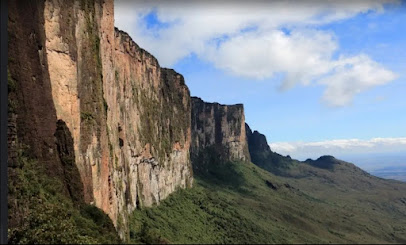
Gladys Lake (Mount Roraima - Guyana)
Explore the stunning beauty of Gladys Lake at Mount Roraima, where tranquil waters meet breathtaking landscapes in Guyana's natural paradise.
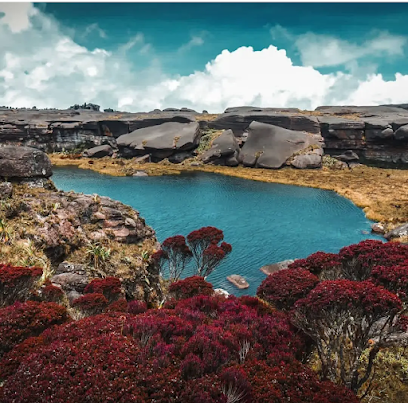
Kumarau Waterfalls
Experience the serene beauty of Kumarau Waterfalls, a hidden gem in Guyana, where nature's splendor awaits every traveler.
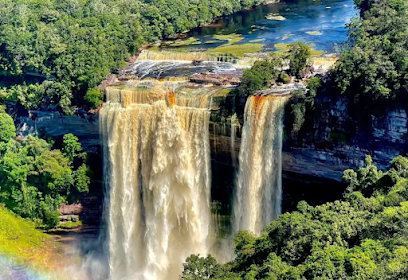
Cataratas Sakaika
Experience the unparalleled beauty of Cataratas Sakaika, a stunning waterfall destination in Ekereku, Guyana, perfect for nature lovers and adventurers.
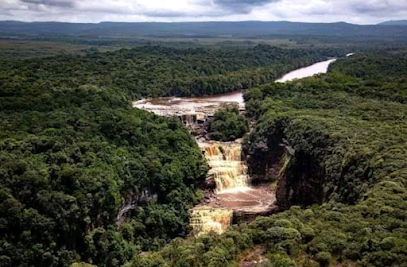
Tawokoni State Park
Explore the breathtaking beauty and tranquility of Tawokoni State Park in Arau Village, a haven for nature lovers and adventure seekers.

Essential places to dine
Grand Coastal Hotel
Discover unparalleled luxury and exquisite dining at Grand Coastal Hotel on Guyana's beautiful East Coast.
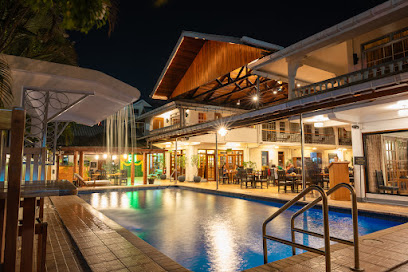
Hard Rock Cafe Guyana
Discover delicious American cuisine amidst rock history at Hard Rock Cafe Guyana - where every meal tells a story.
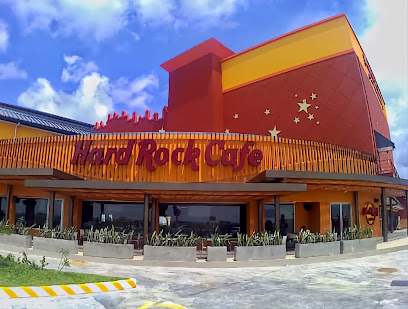
Fireside Grill and Chill
Discover the flavors of Georgetown at Fireside Grill and Chill - where delicious grilled dishes meet a warm atmosphere.

Aagman Indian Restaurant
Experience authentic Indian flavors at Aagman Indian Restaurant in Georgetown - where every dish tells a story.

The New Thriving Restaurant
Experience authentic Asian flavors at The New Thriving Restaurant in Georgetown—where every dish tells a story.
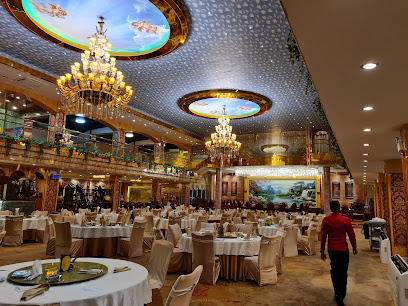
Maharaja Palace Restaurant
Experience the rich flavors of India at Maharaja Palace Restaurant - where tradition meets innovation in every dish.
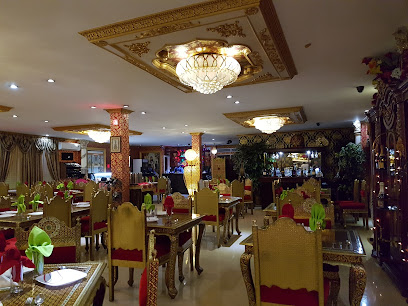
Kamboat Restaurant
Discover the rich flavors of authentic Chinese cuisine at Kamboat Restaurant in Georgetown - a culinary delight not to be missed!
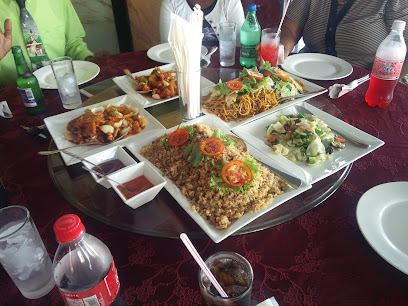
German's
Experience authentic German cuisine at German's Restaurant in Georgetown, where every dish tells a story.
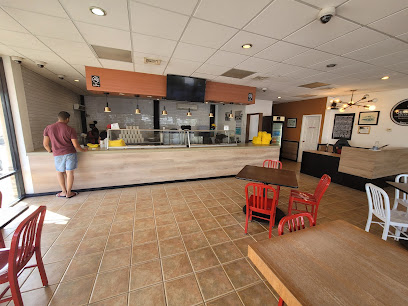
Amici
Experience authentic Italian flavors at Amici in Georgetown – where every dish tells a story.
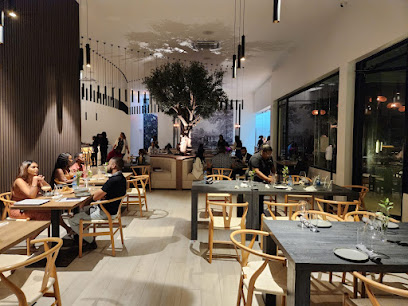
M&M Snackette & Fastfood
Experience authentic Guyanese flavors at M&M Snackette & Fastfood – your go-to spot for breakfast and lunch in Georgetown.
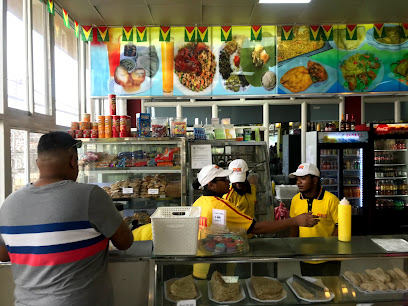
Tribe Gastronomic Lounge
Discover culinary artistry at Tribe Gastronomic Lounge in Georgetown – where local flavors meet global cuisine in an unforgettable dining experience.
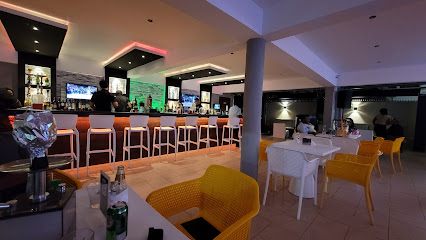
Starbuds
Discover culinary excellence at Starbuds in Georgetown—where local flavors meet international flair for an unforgettable dining experience.
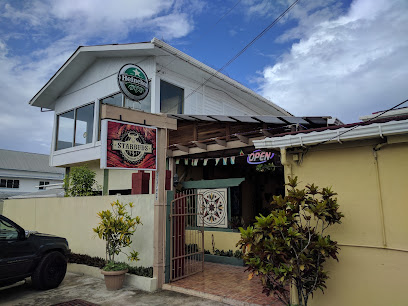
Golden Pagoda Restaurant
Savor authentic Chinese flavors at Golden Pagoda Restaurant in Georgetown, where tradition meets taste in every dish.

Rs53RestoBar & Lounge
Experience the essence of Guyanese cuisine at Rs53RestoBar & Lounge - where great food meets vibrant culture.
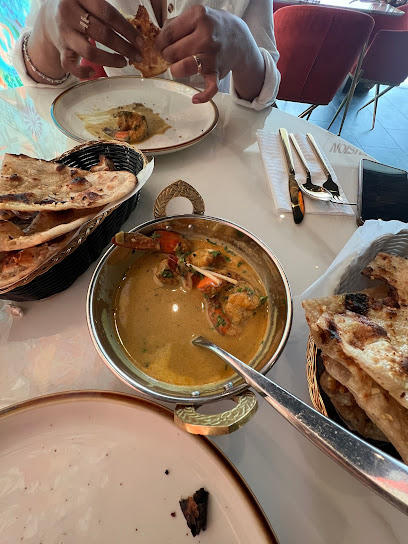
Pyramid Restaurant & Pub
Discover the vibrant flavors of Guyanese cuisine at Pyramid Restaurant & Pub in Windsor Forest—a culinary delight awaits every visitor.
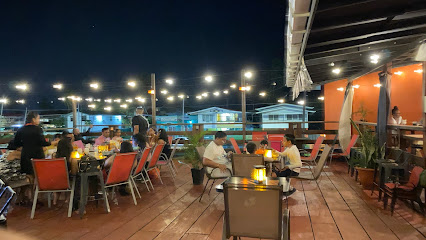
Markets, malls and hidden boutiques
GUYANA STORES LTD
Explore the diverse offerings at Guyana Stores Ltd in Georgetown, your essential stop for office supplies and unique local products.
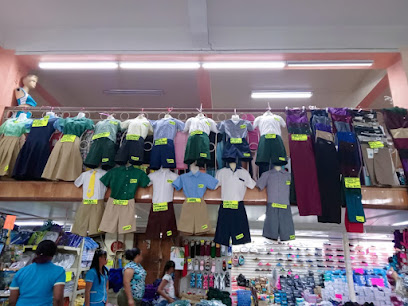
Brazo’s Giftshop
Explore the charm of Georgetown at Brazo’s Giftshop, where unique local crafts and souvenirs await every traveler in search of special keepsakes.

Hallmark Guyana
Explore Hallmark Guyana for unique gifts and local treasures that embody the spirit of Georgetown - a shopping experience like no other.
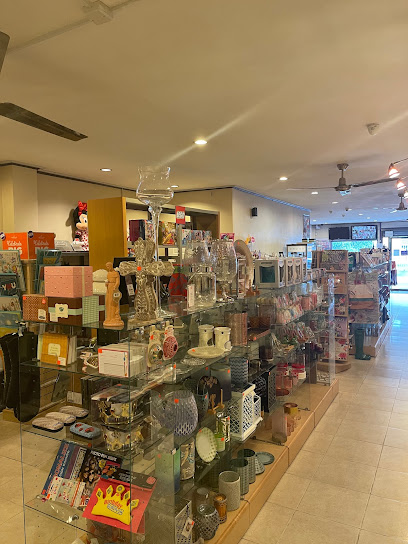
Jay’s Variety Store
Explore Jay's Variety Store in Georgetown: A family-friendly shopping destination with diverse clothing and household goods for all ages.
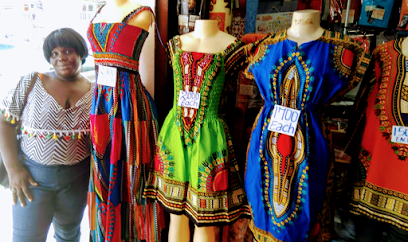
Naked Hangers
Explore Naked Hangers in Georgetown for unique clothing and gifts that reflect the essence of local culture and style.
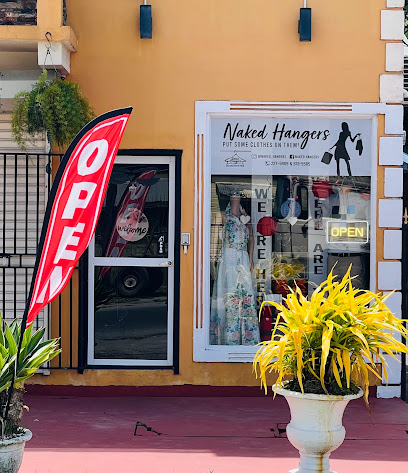
The Fashion Box
Explore the latest fashion trends at The Fashion Box in Georgetown, the ultimate destination for stylish clothing and accessories.

Thr33 K's Online Shop
Explore Thr33 K's Online Shop in Georgetown for an authentic local shopping experience with quality baby products, household essentials, and unique gifts.

Fashion fantasy&more
Discover unique fashion at Fashion Fantasy & More in Georgetown, where style meets affordability and exceptional service awaits.
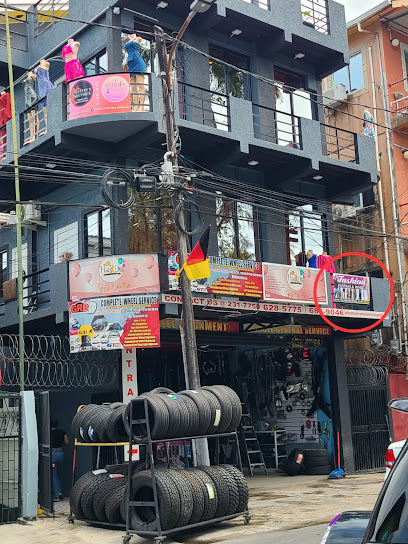
Venu Shopping Centre
Discover beauty and wellness at Venu Shopping Centre in Skeldon, your ultimate destination for cosmetics, perfumes, and health supplements.
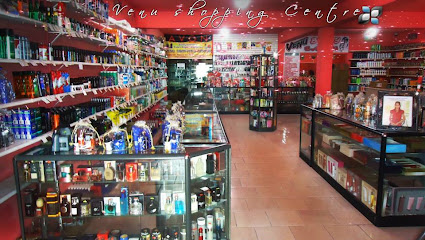
Clairan's Instyle Boutique
Explore Clairan's Instyle Boutique in Georgetown for an exceptional blend of local style and contemporary fashion, perfect for every traveler.
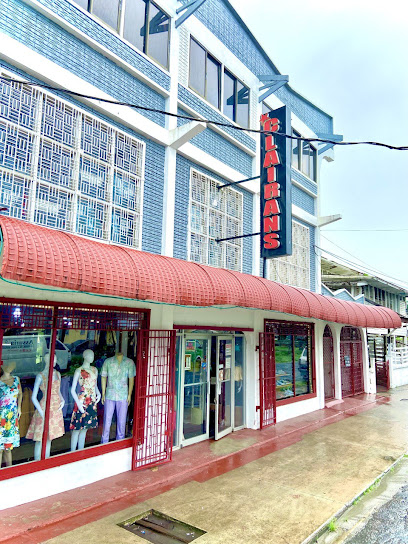
Taro's Merch Store
Explore Taro's Merch Store for an authentic shopping experience filled with handcrafted gifts and local treasures in Georgetown, Guyana.
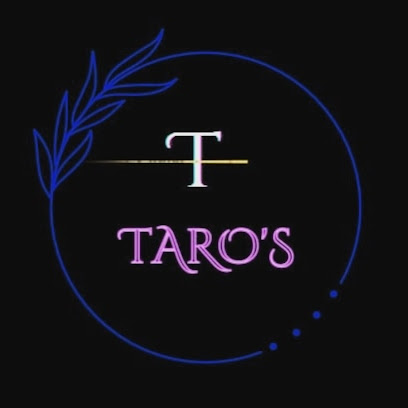
Guyana Gems
Explore the vibrant culture of Guyana through unique gifts and treasures at Guyana Gems in Georgetown.
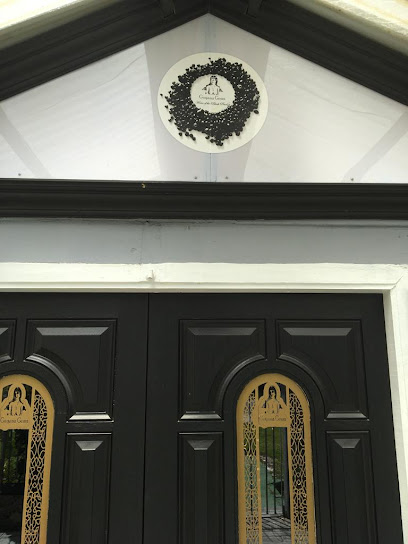
K&A Desires Giftshop
Explore K&A Desires Giftshop in Georgetown for unique gifts and local crafts that embody the essence of Guyana's rich culture.

The Stash
Explore the vibrant fashion scene at The Stash, a boutique clothing store in Georgetown showcasing unique styles and local designs.
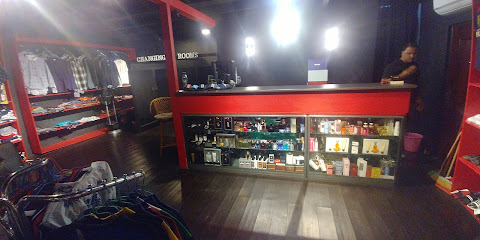
The Guyana Shop
Explore The Guyana Shop for unique, handcrafted souvenirs that embody the spirit of Guyana's vibrant culture and artistry.

Essential bars & hidden hideouts
Seeta's Bar
Experience Georgetown's vibrant nightlife at Seeta's Bar, where great drinks and a lively atmosphere await every visitor.
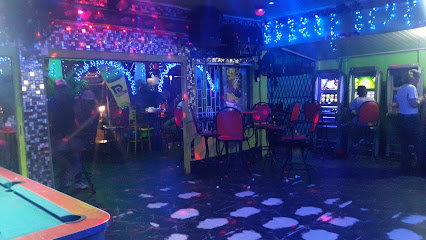
Montra Restaurant & Lounge
Discover the vibrant Montra Restaurant & Lounge in Georgetown, where local flavors and a lively atmosphere await every visitor.
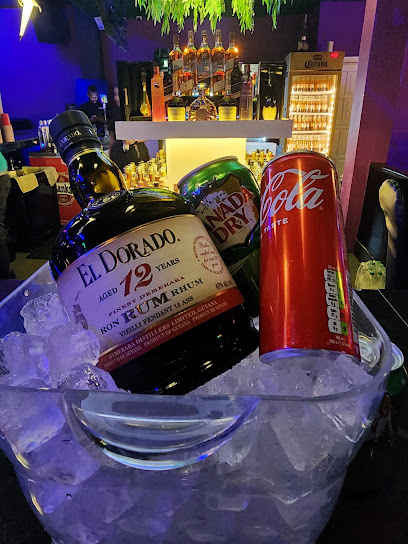
COOL SQUARE BAR
Experience the vibrant atmosphere and delicious local cuisine at Cool Square Bar in Georgetown, a must-visit for every traveler.
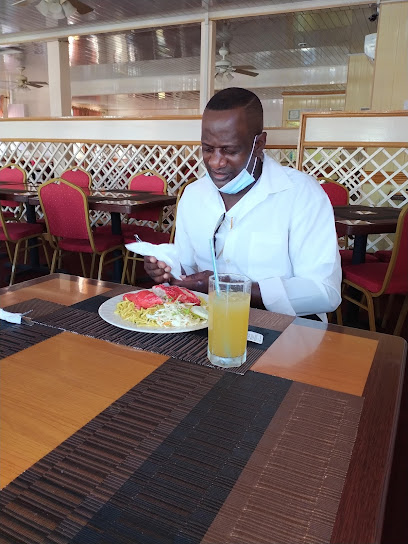
Route 626 Bar & Lounge
Discover the lively ambiance and delicious drinks at Route 626 Bar & Lounge in East Coast Demerara, a hotspot for tourists and locals alike.
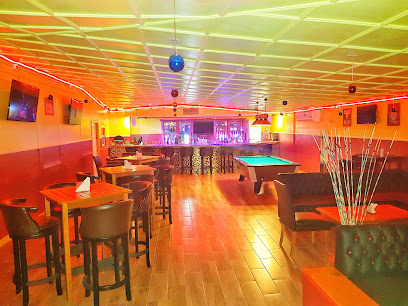
World of Cocktails & Casetello's Grill
Experience the vibrant cocktail culture and delicious grill cuisine at World of Cocktails & Casetello's Grill in Georgetown.

Nine's Bar
Discover Nine's Bar in Enmore - where vibrant atmosphere, live music, and refreshing drinks create unforgettable nights out.

Khan's Hide Out bar
Experience the vibrant nightlife of Georgetown at Khan's Hide Out, where fresh drinks and local culture come together for an unforgettable evening.
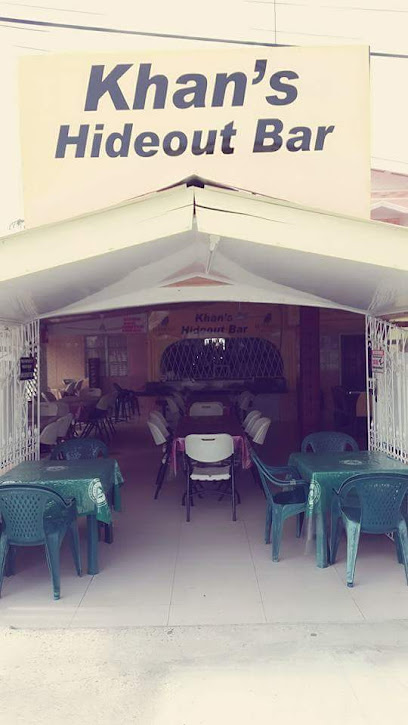
Aces Bar
Experience Georgetown's vibrant nightlife at Aces Bar, where locals and tourists come together for good drinks and great fun.
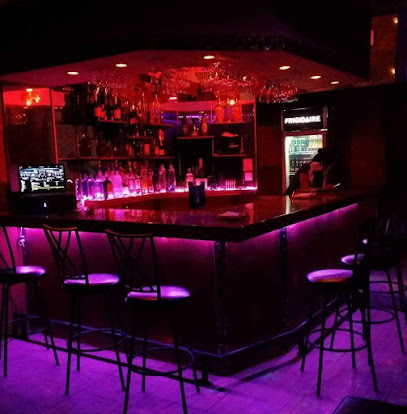
Xs bar and lounge
Dive into the vibrant nightlife of CI at Xs Bar and Lounge, a lively destination for drinks, music, and unforgettable experiences.

Fish man hangout bar
Experience the lively atmosphere and local charm of the Fish Man Hangout Bar in Strathspey, where great drinks and company await.
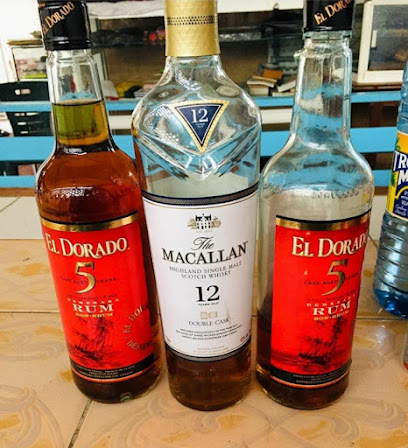
Red Bar
Experience Georgetown's nightlife at Red Bar, where vibrant cocktails and local music create unforgettable memories.
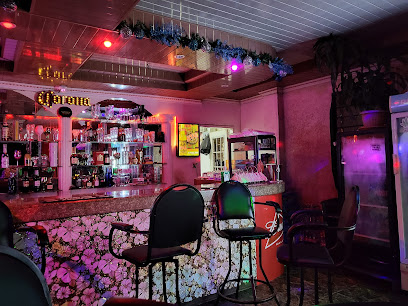
C View Hangout Bar
Experience the vibrant atmosphere of C View Hangout Bar in Georgetown, where stunning views and refreshing drinks create unforgettable moments.
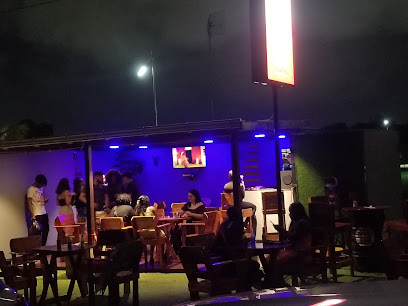
Rewind Bar and Lounge
Discover the vibrant nightlife at Rewind Bar and Lounge, where local culture meets a contemporary bar experience on the West Coast of Demerara.

50/50 Sports Bar & Lounge
Discover the vibrant nightlife and local culture at 50/50 Sports Bar & Lounge in West Coast Demerara, where good times and great drinks await.

Kidams Place club twilight ... Bar Fish shop & Grill
Experience the authentic taste of Guyana at Kidams Place Club Twilight, a vibrant grill and bar in East Coast Demerara.
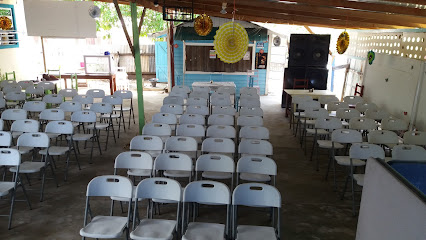
Local Phrases
-
- HelloWanakam
[Wah-nah-kam] - GoodbyeKakamala
[Kah-kah-mah-lah] - YesAh
[Ah] - NoNa
[Nah] - Please/You're welcomeTanka
[Tahn-kah] - Thank youMakaru
[Mah-kah-roo] - Excuse me/SorryKamala
[Kah-mah-lah] - How are you?Yamala?
[Yah-mah-lah?] - Fine. And you?Tanka. Kamala?
[Tahn-kah. Kah-mah-lah?] - Do you speak English?Yala inglish?
[Yah-lah ing-glish?] - I don't understandMi na fahstand
[Mee nah fah-stahnd]
- HelloWanakam
-
- I'd like to see the menu, pleaseMi wan fe see di menu, pliiz
[Mee wahn fay see dee meh-noo, pleez] - I don't eat meatMi na nyam flesh
[Mee nah nyam flesh] - Cheers!Ching ching!
[Ching ching!] - I would like to pay, pleaseMi wan fe pay, pliiz
[Mee wahn fay pay, pleez]
- I'd like to see the menu, pleaseMi wan fe see di menu, pliiz
-
- Help!Helf!
[Helf!] - Go away!Gwaan weh!
[Gwaan way!] - Call the Police!Kaal di poliis!
[Kahl dee poh-lees!] - Call a doctor!Kaal ah dokta!
[Kahl ah dohk-tah!] - I'm lostMi loss
[Mee loss] - I'm illMi sik
[Mee sick]
- Help!Helf!
-
- I'd like to buy...Mi wan fe buy...
[Mee wahn fay buy...] - I'm just lookingMi juss ah luk
[Mee jus ah look] - How much is it?Awee moch dis?
[Ah-wee moch dees?] - That's too expensiveDat tuh much
[Dat too much] - Can you lower the price?Yu kyan lowa di praas?
[You kyan low-ah dee prahs?]
- I'd like to buy...Mi wan fe buy...
-
- What time is it?Wat tahm dis?
[What tahm dees?] - It's one o'clockAwan a klaak
[Ah-wan ah klahk] - Half past (10)Aaf aas
[Ah-fahs] - MorningMahnin
[Mahn-in] - AfternoonAftanuun
[Af-tah-noon] - EveningIivnin
[Eev-neen] - YesterdayYestideh
[Yes-tee-deh] - TodayTuudeh
[Too-deh] - TomorrowTumara
[Too-mah-rah] - 1Wahn
[Wah-n] - 2Tu
[Too] - 3Tii
[Tee] - 4Foh
[Foh] - 5Fiiv
[Fihv] - 6Siks
[Siks] - 7Sevun
[Sev-un] - 8Eit
[Ayt] - 9Nain
[Nayn] - 10Ten
[Tehn]
- What time is it?Wat tahm dis?
-
- Where's a/the...?Wie di...?
[Wye dee...?] - What's the address?Wat di adres?
[What dee ah-dress?] - Can you show me (on the map)?Yu kyan shuo mi (ahn di maap)?
[You kyan show mee (ahn dee map)?] - When's the next (bus)?Wen di neks (bass)?
[When dee neks (bahs)?] - A ticket (to ....)A tiket (tu ....)
[Ah tee-ket (to ....)]
- Where's a/the...?Wie di...?
History of Kamarang
-
Kamarang is located in the heart of the Cuyuni-Mazaruni region in Guyana, an area that has been inhabited by indigenous groups such as the Patamona, Akawaio, and Arekuna for centuries. These communities have a rich cultural heritage and have lived in harmony with the dense rainforest, relying on traditional practices for hunting, fishing, and agriculture.
-
The arrival of European explorers in the 16th and 17th centuries marked the beginning of significant changes for the indigenous populations of the region. The Spanish and Dutch explorers ventured into the interior of Guyana, including the area around Kamarang, in search of the legendary city of El Dorado. These expeditions led to early interactions and conflicts with the indigenous peoples.
-
The late 19th and early 20th centuries saw a surge in gold mining activities in the Cuyuni-Mazaruni region, including Kamarang. Prospectors flocked to the area, driven by the promise of wealth. This period brought economic opportunities but also led to environmental degradation and disruption of traditional ways of life for the indigenous communities.
-
During World War II, an airstrip was constructed in Kamarang to facilitate the movement of resources and personnel. This airstrip played a crucial role in the transportation network within the interior of Guyana and remains an important feature of the town's infrastructure.
-
In the post-war period, Kamarang developed into a significant trade hub for the surrounding indigenous communities. The town became a central point for the exchange of goods, including agricultural produce, crafts, and other commodities. This trade fostered economic growth and cultural exchange in the region.
-
Today, Kamarang continues to be a vital community within the Cuyuni-Mazaruni region. It is known for its vibrant indigenous culture, natural beauty, and as a gateway for eco-tourism. Visitors can explore the nearby Kaieteur National Park, hike through lush rainforests, and experience the rich traditions of the local indigenous peoples.
Kamarang Essentials
-
Kamarang is located in the Cuyuni-Mazaruni region of Guyana. The most common way to reach Kamarang is by air. Daily flights operate from Ogle Airport in Georgetown to Kamarang Airstrip. The flight typically takes around an hour. Alternatively, you can reach Kamarang via river transportation, though this is less common and can be more time-consuming.
-
Kamarang is a small settlement, and many areas are accessible by foot. For those looking to explore the surrounding region, riverboats are the primary mode of transportation. There are no formal public transport services, so arranging for local guides or private transportation through your accommodation is recommended.
-
The official currency in Guyana is the Guyanese dollar (GYD). Credit cards are rarely accepted in Kamarang, so it is essential to carry sufficient cash. There are no ATMs in Kamarang, so ensure you withdraw enough cash in Georgetown before traveling. Some lodges and local shops may accept US dollars.
-
Kamarang is generally safe, but it is always advisable to take standard precautions. Avoid venturing into the jungle alone and always inform someone of your plans. Petty theft can occur, so keep valuables secure. There are no specific high-crime areas targeting tourists, but staying vigilant and aware of your surroundings is always best.
-
In case of an emergency, contact the nearest police outpost or medical facility. There is a small health center in Kamarang, but for severe medical emergencies, air evacuation to Georgetown may be necessary. Ensure you have comprehensive travel insurance that covers medical emergencies and evacuation.
-
Fashion: Do wear lightweight, long-sleeved clothing to protect against insects and the sun. Avoid flashy or revealing attire. Religion: Do respect local customs and traditions. Public Transport: Do be respectful and patient, as transport options can be limited. Greetings: Do greet people with a friendly handshake or a nod. Eating & Drinking: Do try local dishes and accept hospitality graciously. Don't refuse food or drink offers, as it is considered impolite.
-
To experience Kamarang like a local, engage with the indigenous communities and learn about their customs and way of life. Visit the local markets to buy crafts and produce. Take a guided tour to explore the rich biodiversity of the region, including its pristine rivers and lush rainforests. Participating in local festivals and events can provide deeper insight into the culture and traditions of the area.
Nearby Cities to Kamarang
-
Things To Do in Bartica
-
Things To Do in Linden
-
Things To Do in Ituni
-
Things To Do in Anna Regina
-
Things To Do in Kwakwani
-
Things To Do in Lethem
-
Things To Do in New Amsterdam
-
Things To Do in Skeldon
-
Things To Do in Point Fortin
-
Things To Do in Princes Town
-
Things To Do in San Fernando
-
Things To Do in Couva
-
Things To Do in Chaguanas
-
Things To Do in Sangre Grande
-
Things To Do in Arima




